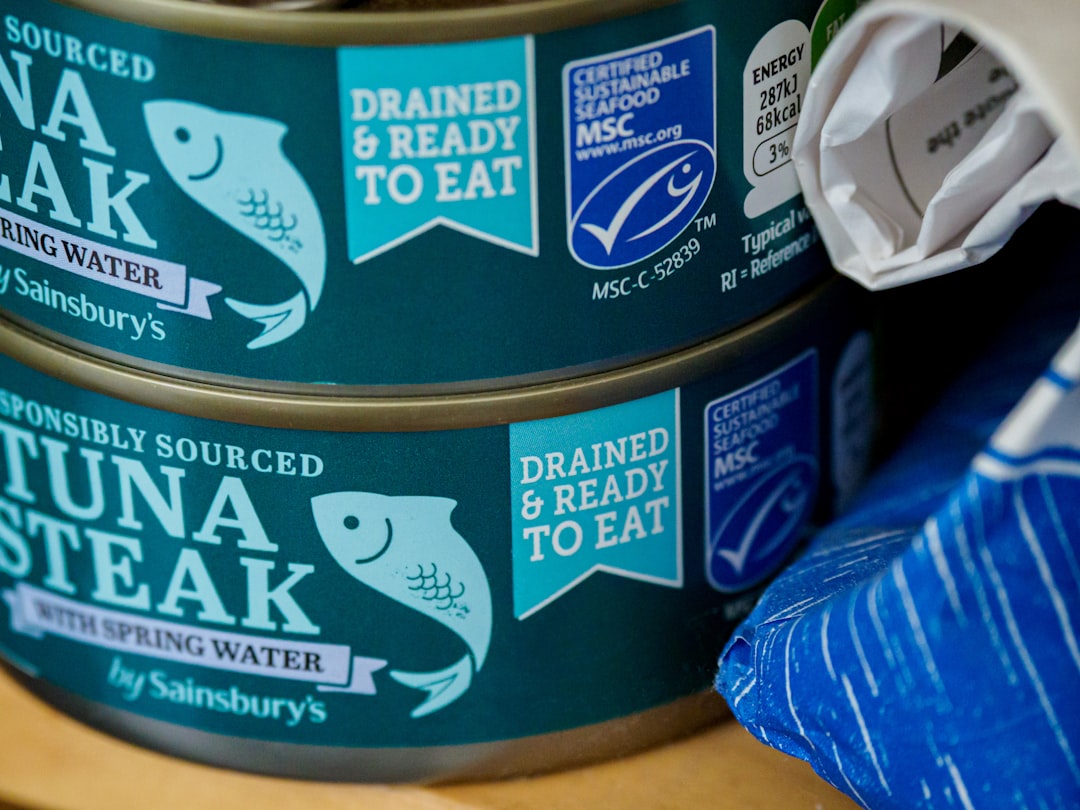What is it about?
Env, the major surface protein of HIV-1, is the primary target of the immune response elicited against HIV-1 and is therefore an important candidate for vaccine design. Vaccines confer protective immunity by eliciting neutralizing antibodies that not only bind to a virus but also prevent further infection. The knowledge of target sites (epitopes) of neutralizing antibodies on the viral surface is therefore a prerequisite for the design of effective vaccines. We have devised a high-throughput methodology to rapidly identify epitopes of monoclonal and polyclonal neutralizing HIV-1 antibodies on Env, at single-residue resolution. The methodology is useful for both design and testing of HIV-1 vaccines and can be readily extended to identify neutralizing epitopes in emerging viral infections.
Featured Image

Photo by National Cancer Institute on Unsplash
Why is it important?
Our work describes an exciting new method for rapid identification of binding sites (epitopes) of neutralizing antibodies, directly on infectious HIV-1 viruses. Neutralizing antibodies not only bind to the virus, but also prevent further infection. This is a significant improvement over other indirect epitope mapping methods (which require the use of purified proteins or cell surface display) and represents a major advance in the field. Using our approach, neutralizing antibody epitopes can be accurately mapped in a highly parallelizable manner, without the need for advanced instrumentation used in other techniques such as X-ray crystallography and cryo-EM.
Perspectives
Our high-throughput approach, when applied to antibodies obtained from an HIV-infected patient, indicated the presence of two distinct epitopes on the envelope protein. This was challenging to identify using low-throughput approaches used in the past.
Rohini Datta
Stanford University
Read the Original
This page is a summary of: A facile method of mapping HIV-1 neutralizing epitopes using chemically masked cysteines and deep sequencing, Proceedings of the National Academy of Sciences, November 2020, Proceedings of the National Academy of Sciences,
DOI: 10.1073/pnas.2010256117.
You can read the full text:
Resources
Contributors
The following have contributed to this page










